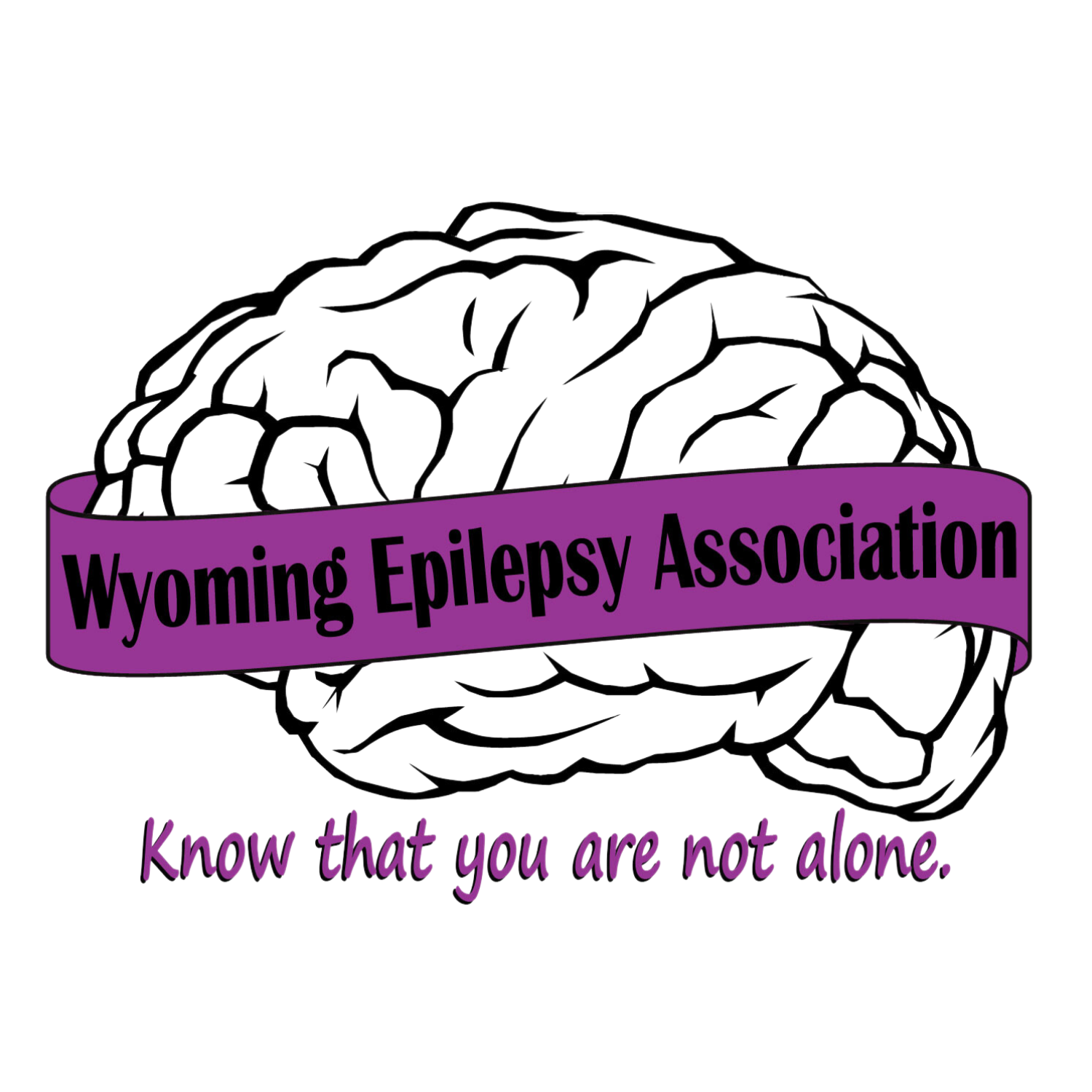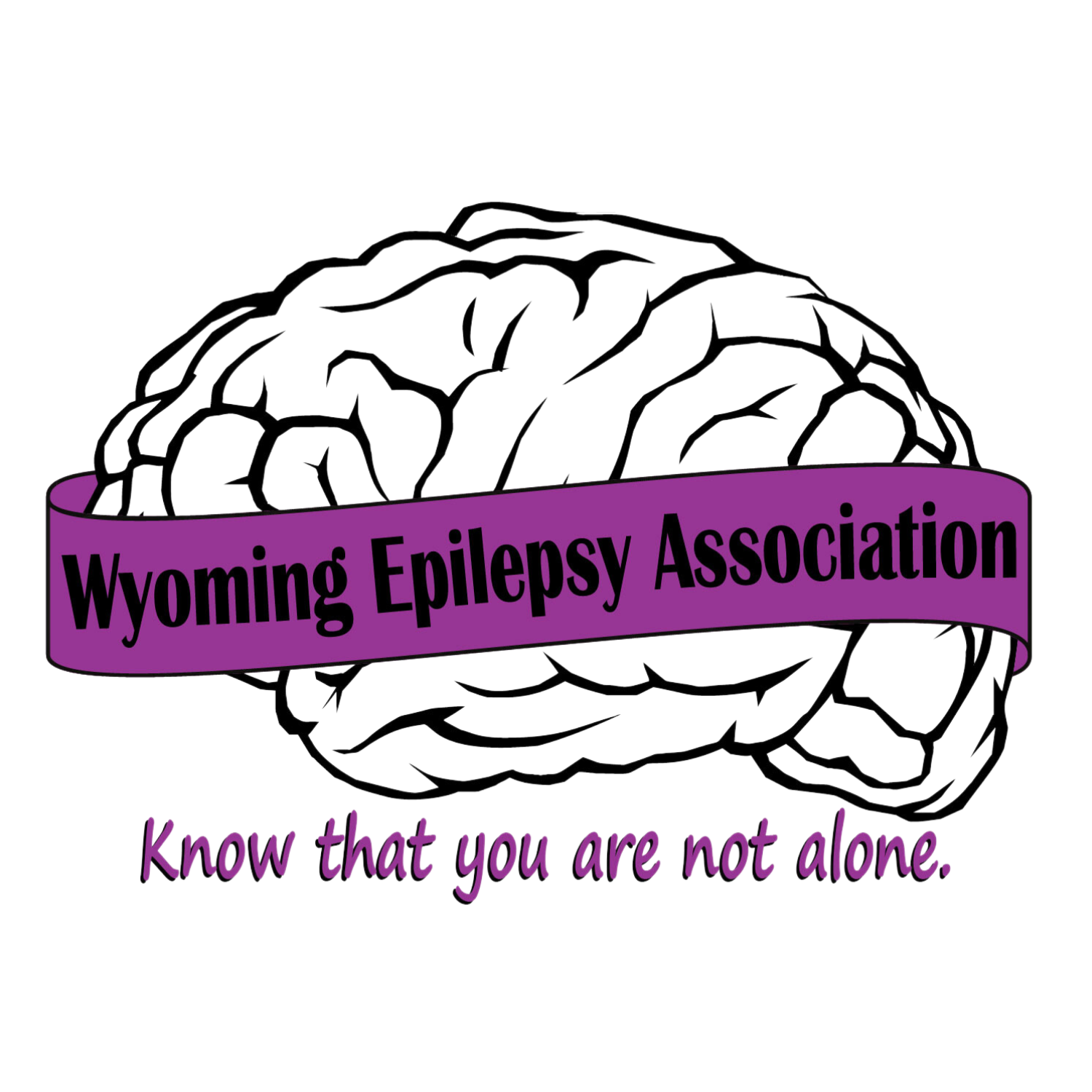Advocacy
Types of Advocacy
Advocacy involves promoting the interests or cause of someone or a group of people. An advocate is a person who argues for, recommends, or supports a cause or policy. Advocacy is also about helping people find their voice. There are three types of advocacy – self-advocacy, individual advocacy, and systems advocacy. Wyoming Epilepsy Association is involved in all areas of advocacy for people with disabilities and their families.
Self-Advocacy
Self-advocacy refers to an individual’s ability to effectively communicate, convey, negotiate or assert his or her own interests, desires, needs, and rights (VanReusen et al., 1994).
- Self-advocacy means understanding your strengths and needs, identifying your personal goals, knowing your legal rights and responsibilities, and communicating these to others.
- Self-Advocacy is speaking up for oneself!
Individual Advocacy
In individual advocacy, a person or group of people concentrates their efforts on just one or two individuals. According to the group Advocacy for Inclusion “Advocacy is having someone to stand beside you if you think something is unfair or that someone is treating you badly and you would like to do something to change it.”
There are two common forms of individual advocacy – informal and formal advocacy. When people like parents, friends, family members, or agencies speak out and advocate for vulnerable people this is termed informal advocacy. Formal advocacy more frequently involves organizations that pay their staff to advocate for someone or for a group of individuals.
Systems Advocacy
Systems advocacy is about changing policies, laws, or rules that impact how someone lives their life. These efforts can be targeted at a local, state, or national agency. The focus can be changing laws, or simply written or unwritten policy. What is targeted depends on the type of problem and who has authority over the problem Advocacy is taking action to help people say what they want, secure their rights, represent their interests, and obtain services they need. Advocates and advocacy providers work in partnership with the people they support and take their side. Advocacy promotes social inclusion, equality, and social justice.
Resources for Learning about Advocacy
The National Disability Rights Network provides great information in regards to advocacy and the disability rights movement.
The National Disability Rights Network works in Washington, DC on behalf of the Protection and Advocacy Systems (P&As) and Client Assistance Programs (CAPs), the nation’s largest providers of legal advocacy services for people with disabilities.
Protection & Advocacy System, Inc. (“P&A”), established in 1977, is a nonprofit corporation authorized by Congress to implement several federal laws to protect the human, civil and legal rights of people with disabilities. P&A has federal authority to gain access to facilities, records, and persons to investigate allegations of abuse and neglect. P&A also helps people obtain state and federally funded services, such as vocational rehabilitation, mental health, intellectual, traumatic brain injury, assistive technology devices and services, other disability services, voting rights, and access to facilities and programs. P&A focuses on civil rights and discrimination issues. P&A promotes systemic change to enhance the quality of life for children and adults with disabilities. P&A provides legal representation and individual advocacy, education, and training, including help with self-advocacy skills, and information and referral services.

Wyoming Epilepsy Association
1612 Central Avenue #3
Cheyenne, Wyoming 82001


